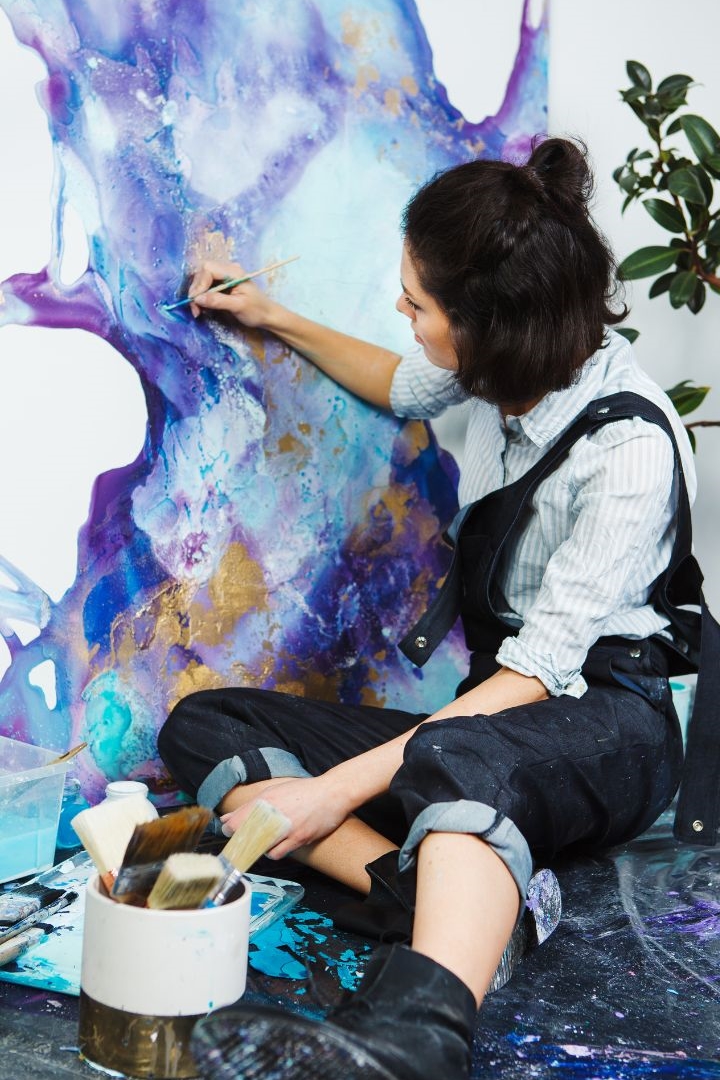
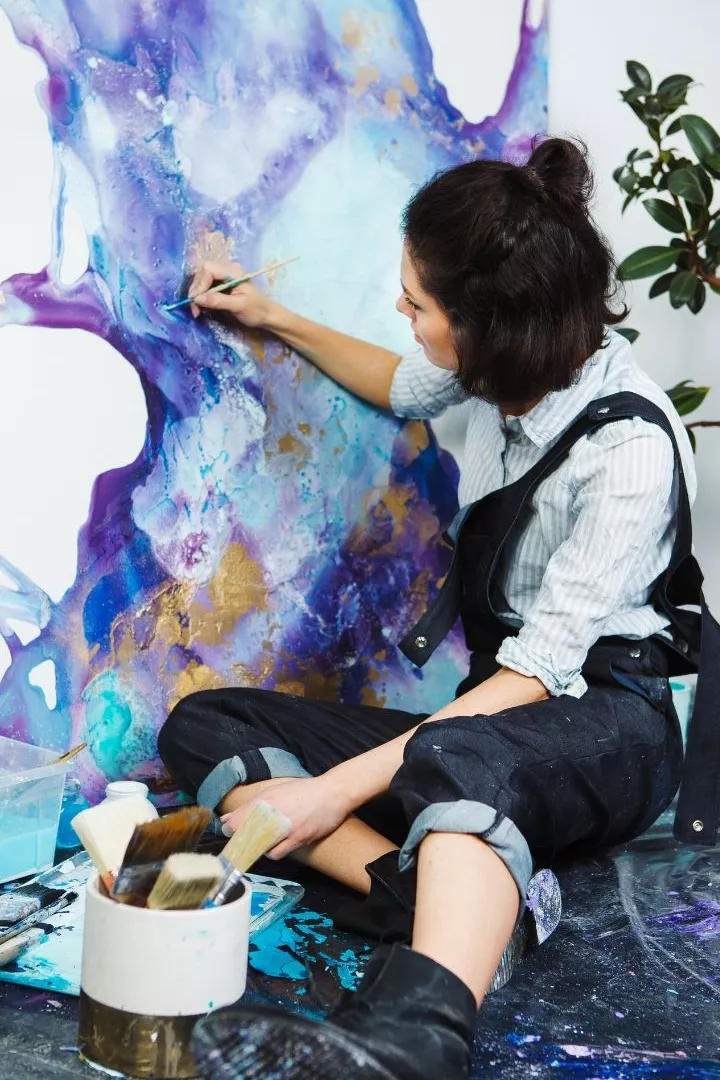
Should you opt for art therapy?
Can designing art really help your mental health? Let's find out.
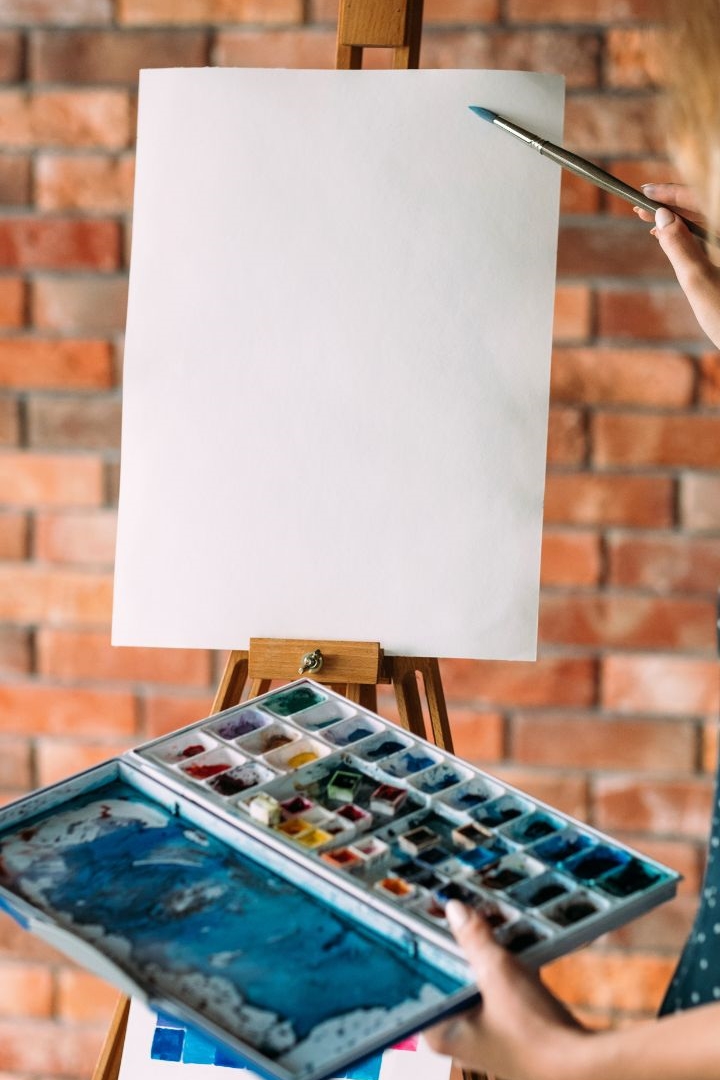
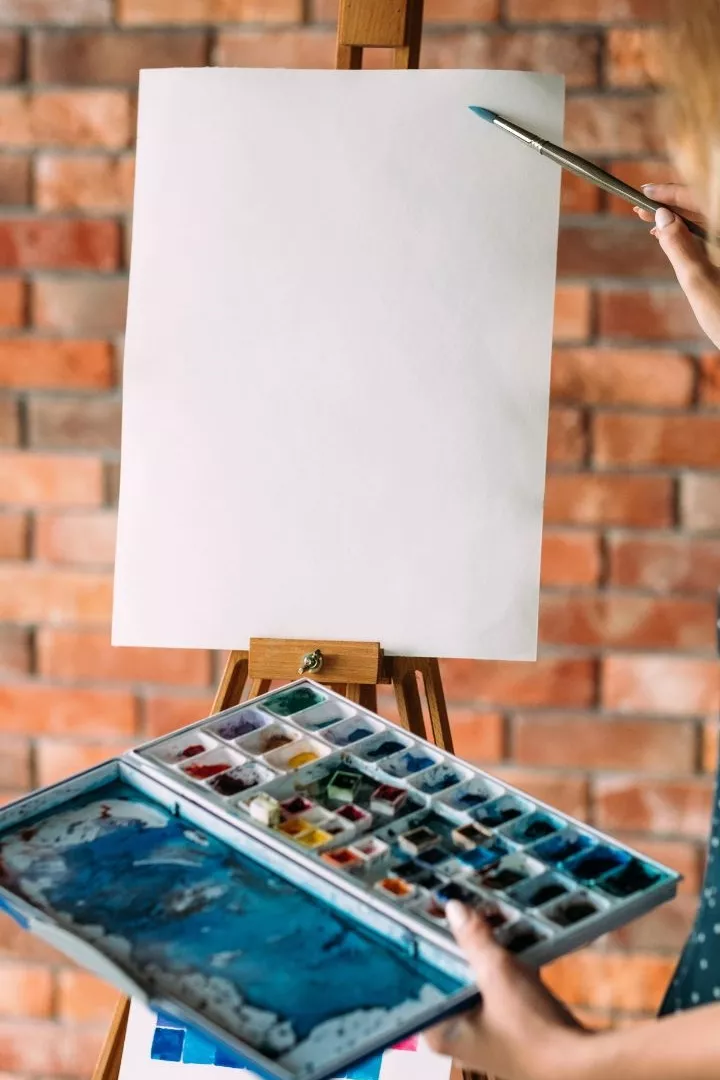
1. Self-Exploration and Reflection
Engaging in art therapy facilitates deep self-exploration and reflection, allowing individuals to gain insights into their emotions, thoughts, and experiences.
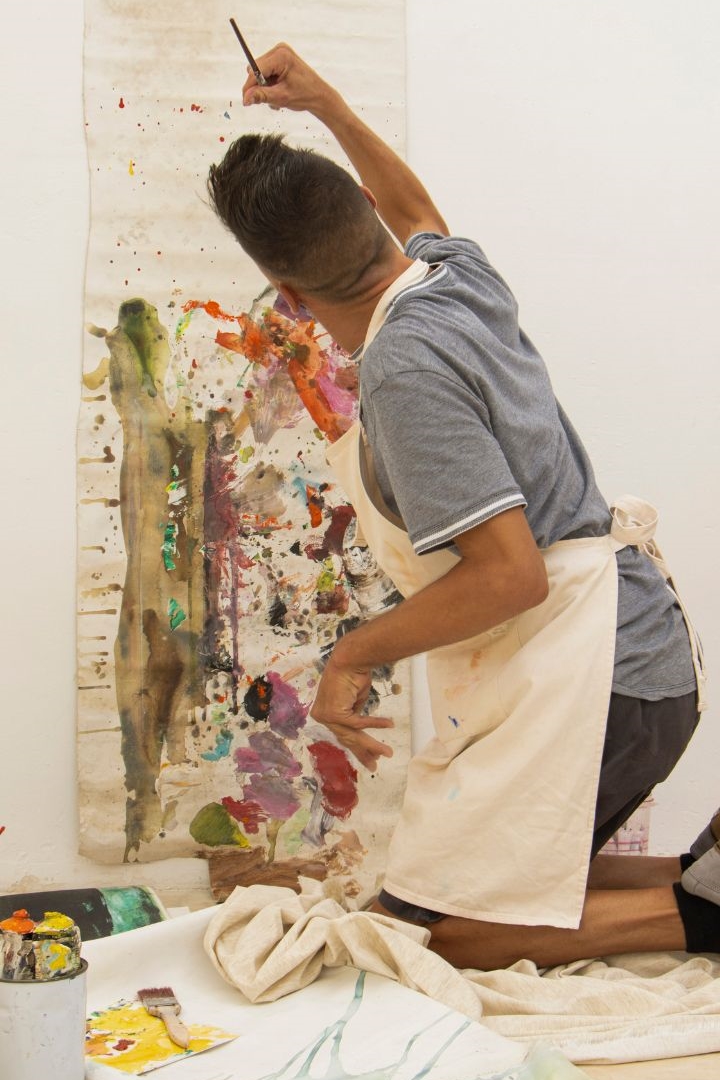
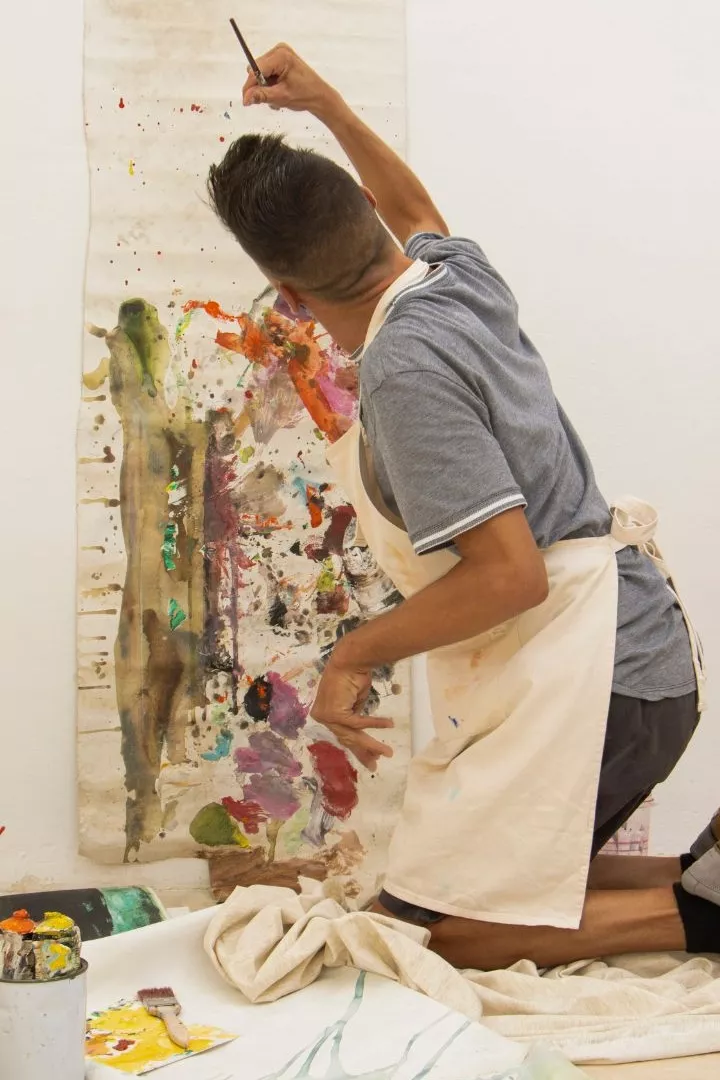
2. Alternative to Verbal Communication
Art therapy offers an alternative to verbal communication, making it suitable for individuals who struggle to express themselves through words alone.
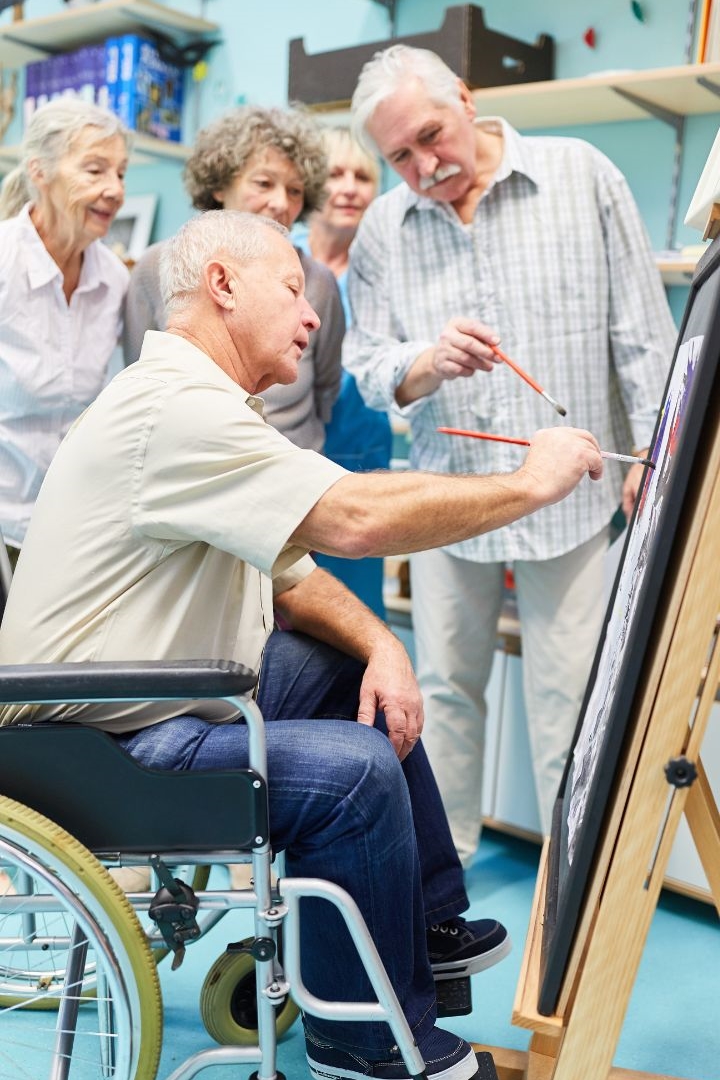
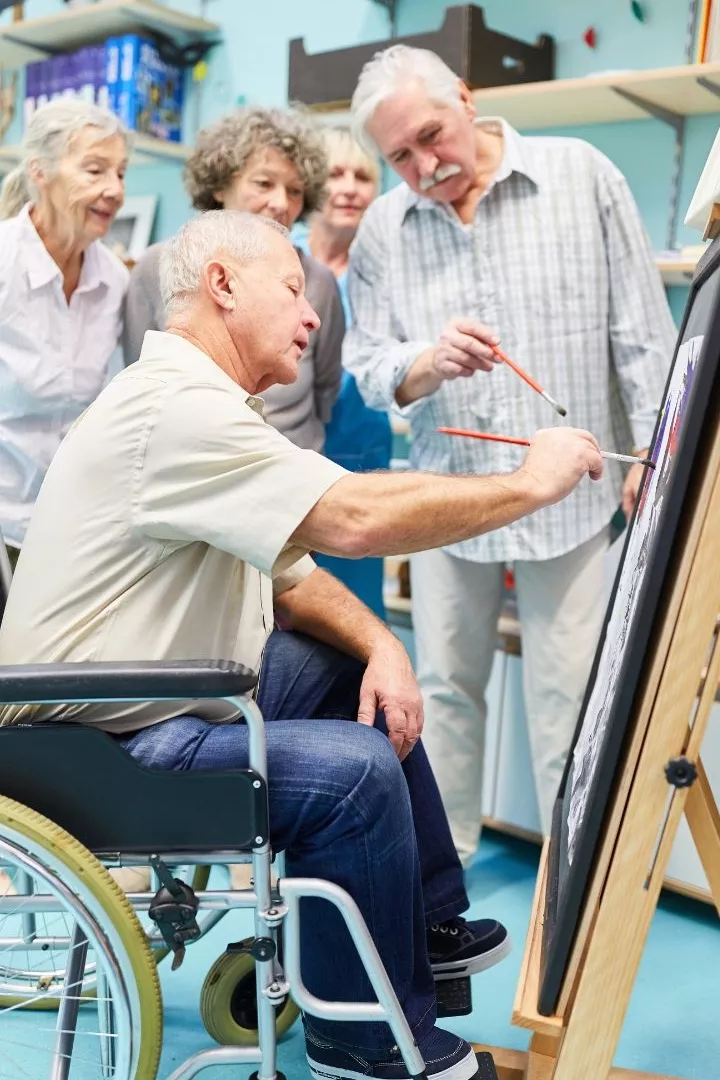
3. Healing Trauma and PTSD
Art therapy can aid in healing trauma and post-traumatic stress disorder (PTSD) by providing a safe space to process and integrate traumatic experiences.
4. Stress Reduction and Relaxation
Participating in art therapy promotes stress reduction and relaxation through the meditative and calming nature of the creative process.
5. Cultivation of Mindfulness
Art therapy cultivates mindfulness by encouraging individuals to focus their attention on the creative process and sensory experiences, fostering present moment awareness.
6. Expression of Complex Emotions
Art therapy provides a safe and supportive space for individuals to express complex or intense emotions that may be difficult to articulate verbally.
7. Promotion of Self-Discovery
Engaging in art therapy promotes self-discovery by encouraging individuals to explore their identity, values, strengths, and aspirations through the creative process.
8. Enhancement of Self-Esteem
Art therapy enhances self-esteem by providing opportunities for self-expression, validation, and mastery of artistic skills, fostering a sense of competence and self-worth.
9. Support for Emotional Regulation
Art therapy supports emotional regulation by offering coping mechanisms and outlets for processing and expressing difficult emotions in a constructive manner.
10. Integration of Body and Mind
Art therapy integrates the body and mind by engaging both cognitive and sensory processes, promoting holistic healing and self-awareness.
Other stories
Check out other stories from Guilt Free Mind
The Blog
Check out the Guilt Free Mind blog
Watch Next
Art therapy provides a unique avenue for self-expression beyond traditional talk therapy. Through the creative process, individuals can externalize internal conflicts, memories, and feelings, gaining a deeper understanding of themselves and their inner world.
For some individuals, verbalizing emotions or experiences can be challenging or uncomfortable. Art therapy bypasses these barriers by allowing individuals to communicate symbolically through visual art forms such as drawing, painting, or sculpting, enabling them to express complex emotions and experiences in a non-verbal manner.
Trauma often resides in the body and subconscious mind, making it difficult to address through traditional talk therapy alone. Art therapy engages the creative and sensory aspects of the brain, allowing trauma survivors to express and release stored emotions, reduce hyperarousal, and gradually reframe their traumatic narratives towards healing and resilience.
Engaging in art-making can induce a state of flow, where individuals become fully immersed in the present moment, experiencing a sense of timelessness and inner peace. The rhythmic movements involved in art creation, coupled with the focus on sensory experiences, can lower cortisol levels, reduce muscle tension, and promote overall relaxation and well-being.
The act of creating art requires individuals to engage their senses, observe their thoughts and emotions without judgment, and stay attuned to the here and now. Through mindful art-making practices, individuals develop greater self-awareness, emotional regulation skills, and resilience in the face of life's challenges.
Some emotions, such as grief, anger, or shame, can be challenging to verbalize due to their depth or complexity. Art therapy allows individuals to externalize these emotions through symbols, colors, and metaphors, providing a tangible means of expression and validation for their inner experiences.
Artistic expression can unveil aspects of the self that may be hidden or underexplored, leading to profound insights and personal growth. Through experimentation with different art materials and techniques, individuals can uncover new facets of their personality, interests, and creative potential, fostering a deeper connection with themselves.
Successes in art-making, whether small or significant, can bolster individuals' confidence in their creative abilities and overall sense of self. Additionally, the supportive and non-judgmental environment of art therapy promotes self-acceptance and validation of one's unique perspective and creative voice, contributing to a more positive self-image.
Art-making provides a safe container for individuals to channel and release pent-up emotions, such as anxiety, anger, or sadness, in a healthy and productive way. Through creative expression, individuals can externalize and transform overwhelming emotions into tangible artworks, gaining a sense of control and agency over their inner experiences.
The act of creating art involves the coordination of motor skills, sensory perceptions, and cognitive functions, fostering a holistic connection between the body and mind. This integration can be particularly beneficial for individuals who experience dissociation or disconnection from their physical or emotional selves, helping them reconnect with their embodied experience and foster a greater sense of wholeness and integration.